Marketing, especially digital marketing, is essential to every business, with or without the COVID pandemic. No matter how good you think your products and services are, without proper introduction and promotion to the market, they will not convert to revenue.
It is undeniable that the role of digital marketing has significantly increased in importance within the last two years due to the pandemic. Consumers were forced to make drastic lifestyle changes, which also changed their shopping and spending behaviours. In order to keep up with customer expectations, companies offering marketing services had to come up with better strategies.

In Australia alone, the digital marketing landscape is developing quickly. Since 2018, digital marketing has represented more than 53% of the total Australian ad market, which was expected to rise in the next five years.
Come 2020, the total investment in digital advertising was at AUD 9.5 billion, a 2% increase from 2019.
Australia’s advertising spend will continue to grow into 2022 off the back of a positive growth experienced in 2021, albeit at moderate rates.
Major Challenges Faced by the Marketing Industry
Despite the predicted continuous growth of the marketing industry in Australia, it has long been plagued by challenges due to the changes in market behaviour and preferences and technological advancements over time.
Yes, solutions are provided here and there, but businesses are having a hard time keeping up and learning about each of them and choosing the best solution for specific problems.
Among the biggest challenges faced by the marketing industry include:
1. Measuring Marketing Success

Return on investment (ROI) is a measure of marketing campaign success or progress. Knowing how well a marketing campaign is doing, especially if it is doing well based on ROI, gives you the confidence to make budget decisions to invest in more marketing programs and tools.
However, monitoring ROI is not as easy as it may seem. Sales reports do not reflect marketing effectiveness. The number of people who have read, let’s say, an article about your product or service does not automatically tell you how many of its readers purchased your products or subscribed to your services.
2. Managing Multiple Marketing Platforms

New content marketing channels continue to surface despite the pandemic, but the problem lies in producing enough demand for content. Marketing content is fighting for market attention with more and more platform options available for use to publish content, making it harder to increase traffic and leads.
Focus is another challenge. With more available platforms to use in publishing content, it is getting harder to know where to focus your efforts. Studies can be conducted, but time is of the essence. The more time spent on doing research, the more traffic and leads are lost. Without knowing where to put up content for business promotion, efforts go down the drain and desired results are not met.
3. Upgrading Websites

Your website plays a huge role in attracting and converting leads. The content you put up on your website somehow influences the decision of potential leads to purchase your products or try your services. Therefore, it needs constant upgrades for faster and better performance in terms of SEO ranking.
Upgrading a website is a laborious process because it requires you to constantly put up new content and optimise it and think of ways to improve its overall look and feel without drowning out your brand’s voice. With so much content online, it is challenging to come out on top of the marketing game. It is even harder without the right marketing team and tools and support from the management.
4. Budgeting

Marketing campaigns require a budget, but with businesses trying to survive the pandemic, allocating budget for marketing efforts has become a huge deal. Even if you come up with an income-generating idea, you cannot put it to good use without financial support.
These days, marketers are left to do their best with minimal or even without financial support, which affects their ability to conduct marketing campaigns. In effect, less content is published. What’s worse is that it is published on less effective platforms.
5. Training Marketing Staff

Marketing concepts, tools, and technology continue to evolve, and training your team on how to effectively use them is becoming a greater challenge. However, if you want to scale your business, it is an investment worth making.
Time and budget are two of the main factors that make training such a challenge. Allocating more time and budget to training staff deprives other aspects of your business of much-needed resources. If you train your staff yourself, you have less time to do what you do best, that is, to run your business.
6. Targeting Audience

If you are aiming to gain more volume in your business, you should consider marketing internationally. However, going global requires effective audience targeting.
With a global audience in mind, there are more people to analyse and identifying buyer personas can take too long. Another challenge here is even though you have already determined your international audience, you still need to figure out the best ways to market your products and services as marketing internationally is a totally different game.
In addition, expanding internationally will require you to organise and optimise your website for different countries. Without enough resources, this can be a long and arduous process.
7. Applying Account-Based Marketing Strategy
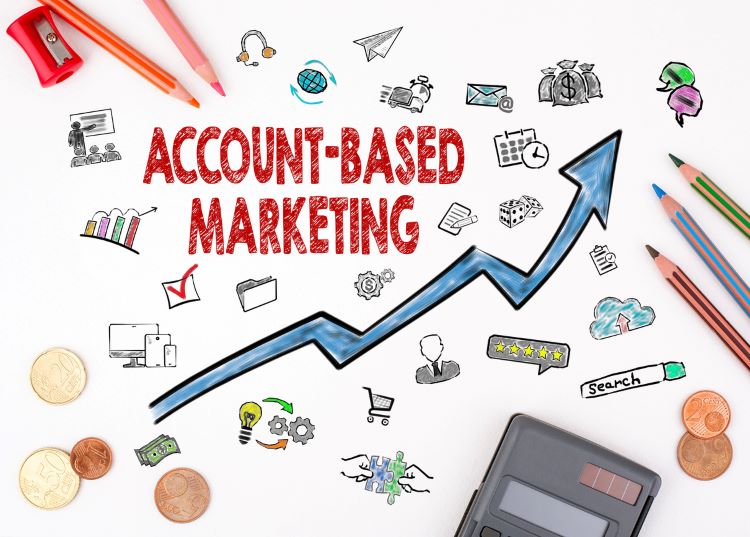
In the past, marketing was done by the marketing team alone. However, the trend nowadays is a collaboration between the marketing and sales teams. This growth marketing strategy is called account-based marketing (ABM). The goal of ABM is to personalise the buying experience, which ironically, is the challenge of the strategy.
If you want to utilise an account-based marketing strategy, there isn’t a lot of software to choose from. However, if you choose to go manual, a lot of data gets lost in the process.
Currently, what you can do is to work out a process that works best for your business. You will be doing a lot of experimentation, and the process may lead to disappointing results.
8. Attracting High-quality Talent

There is also higher demand for marketing talent due to the new opportunities presented by the pandemic. With more remote work opportunities offered nowadays, more marketing talent is available online.
However, sourcing the right marketing talent can take weeks if not months, especially if you are looking for the best of the best. It is becoming a struggle to look for marketing talent that possesses the right balance between creative skills and technical skills. At the rate the demand for marketing talent is going, you are forced to make quick hiring decisions. As a result, you only get the next best thing–not exactly the one with the technical, creative, and business skills required of a successful digital marketer.
9. Keeping Up with Consumer Expectations
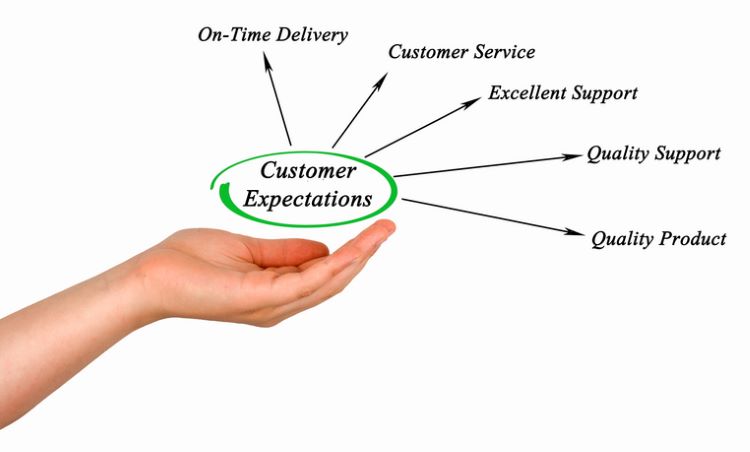
Let’s face it. COVID is still real.
Despite the ongoing vaccination efforts, we have not completely defeated the coronavirus, and this will continue to affect the marketing industry. Consumer expectations and behaviours have changed in the past couple of years and will continue to change even if the COVID pandemic finally ends.
Businesses are trying to stay relevant by remaining flexible at the moment. However, constant fluctuations are making it harder to think of long-term marketing decisions. All they can do is to adapt to changes as they happen.
10. Standing Out

With more and more businesses turning to digital marketing and producing online ads, it is getting harder to stand out. What’s even more challenging is coming up with more unique ideas to really make consumers notice their businesses.
The market is already saturated as it is, but with the pandemic, more people are starting their own businesses to try and survive. These businesses will continue to crowd the market, and this year, marketers will have to push themselves to the limit in order to come up with fresh and effective marketing strategies.
The Remote Staff Solution
Fortunately, remote work is becoming an integral part of businesses all over the world. It has become easier to grow your team and scale your business with the help of more people coming from diverse backgrounds lending you their marketing genius.
One of the countries to which you can easily outsource marketing tasks is the Philippines. The country is home to professionals who can speak fluent English and are experienced in marketing. All you need is an agency that can help you find the right person for your business.
At Remote Staff, we help you gain a valuable team member who does not only support you in achieving your business goals, but also aims to contribute more to the success of your business.
Here are the most in-demand remote work roles within the marketing industry offered by Remote Staff and what they can do for you:
Finance and Admin Specialist

- monitors transactions
- monitors compliance
- oversees human resources, security, transportation, IT, communication, procurement, office space, and equipment
- safeguards the company’s assets
- provides support in ensuring timely and effective implementation of activities
- performs accounting, budgeting, and reporting tasks
- oversees the quality of office administrative functions
- serves as financial management resource
Content Producer

- edits content for various platforms
- writes blogs, articles, product information, and other types of writing for websites
- researches topics prior to writing
Data Manager

- accesses, validates, and stores data needed for research and business operations
- develops and oversees data-orientated systems
Graphic Designer

- communicates ideas to gain the attention of consumers through images, words, or graphics
- creates design concepts using specialised graphic design software
Operations Coordinator

- coordinates business budget
- interacts with corporate personnel
- manages departments that runs a business
- plans purchases
- negotiates contracts
Web Designer and Developer

- maintains and updates existing websites
- does website design, layout, and coding
- responsible for the technical and graphical aspects of websites
PHP Developer

- supports front-end developers by integrating their work with the application
- develops and integrates plugins
- writes server-side web application logic
- develops back-end components
- connects the application with other web services
SEO Specialist

- inserts keywords into websites
- researches and analyses data to improve a website’s ranking on search engines
- finds the most popular and relevant keywords used in search engine queries
Digital Marketing Specialist

- evaluates the needs of the market
- researches about consumer trends and demands
- develops strategies used in marketing a company’s product or service online
- creates online promotions and emailing campaigns
- comes up with other ways of reaching customers via the Internet
- helps increase brand awareness
- promotes company products or services
- drives prospect conversions
- effectively communicates via different technology platforms
- initiates effective online marketing campaigns
Digital Ads Specialist

- places targeted consumer ads on digital platforms
- optimises strategies and implements ads for different markets
- conducts performance analyses of ads
- creates and coordinates advertising campaigns
- discusses goals and needs for advertising campaigns
- designs ads
What Our Numbers Are Saying
Aside from our list of in-demand roles, we have graphs that show the increasing interest and demand for remote work in the marketing industry.
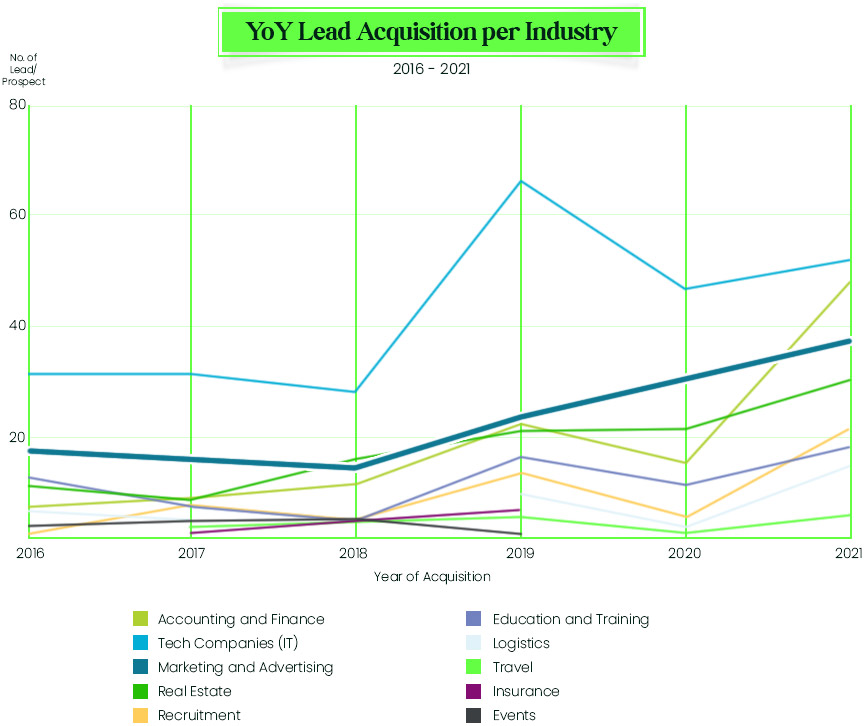
As you can see in the graph above, the marketing industry showed increasing interest in remote work from 2018 to 2021.
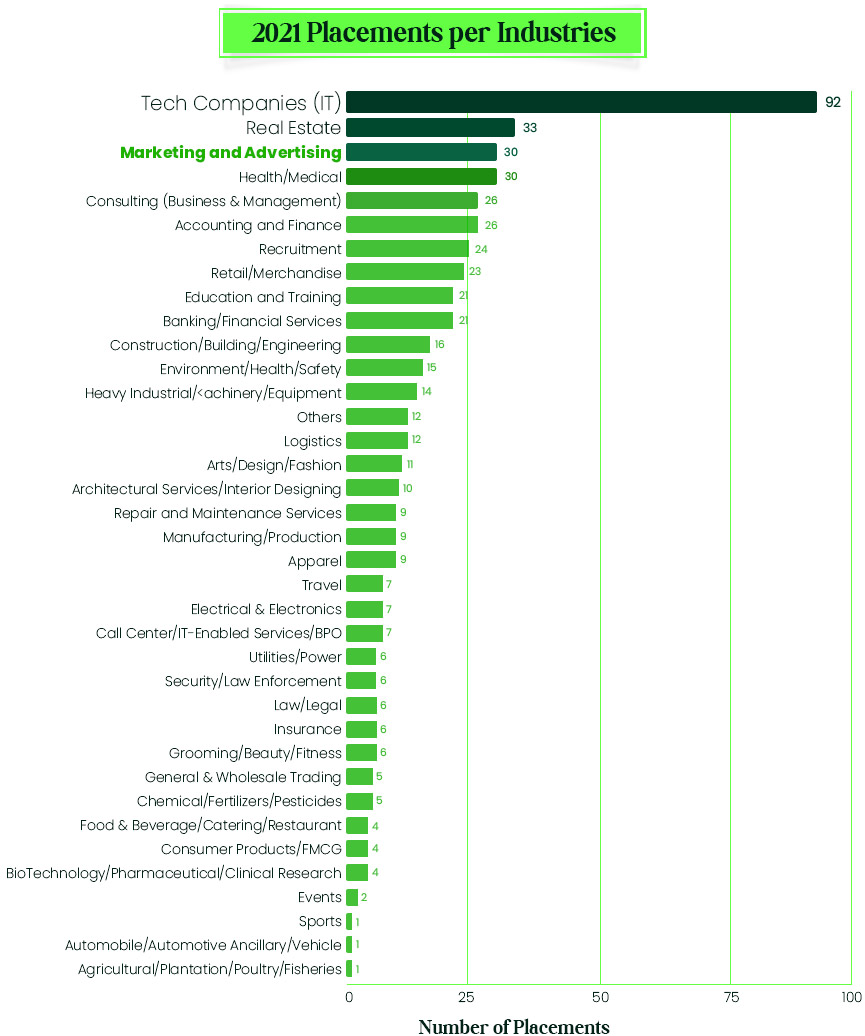
In terms of placement, the marketing industry ranks third, along with the healthcare industry. Both industries made a total of 30 placements each in 2021.
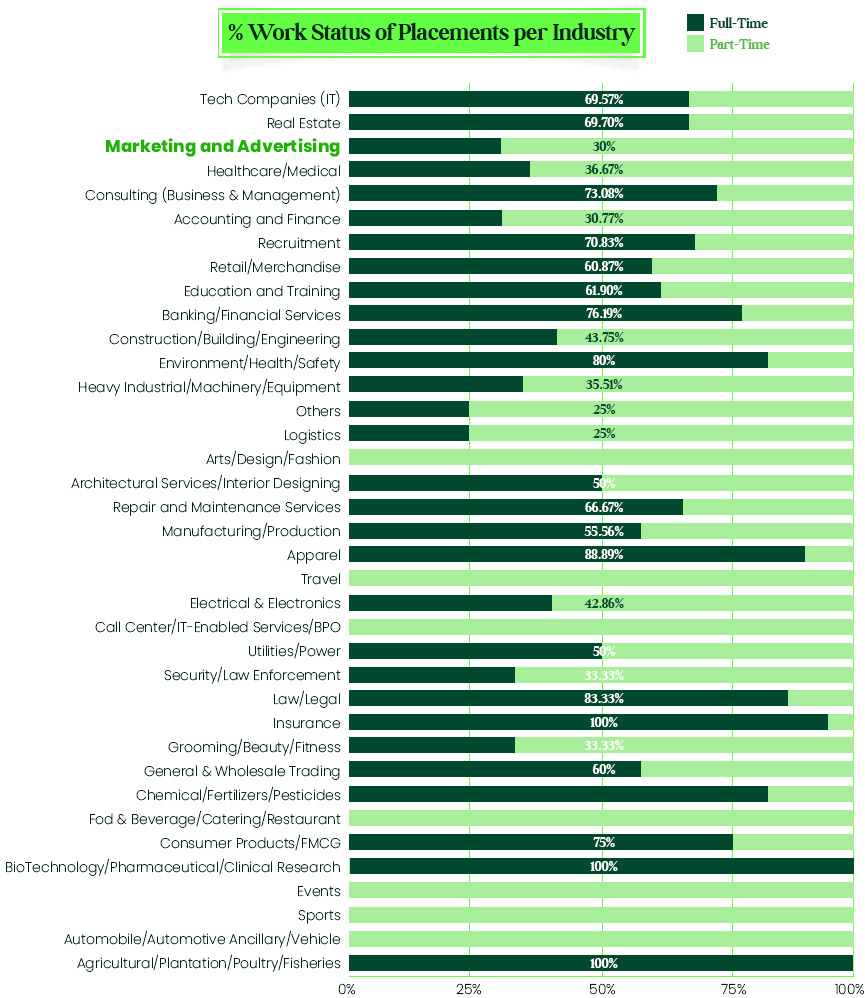
Out of the 30 remote workers contracted by businesses in the marketing industry, 70% are part-timers. This shows that Filipino marketing professionals prefer to do part-time marketing work to do the kind of varied work they want. Thirty percent of the contractors are full-time workers, which means that remote work is not only a temporary fix. Businesses are making remote work a permanent business solution.




















